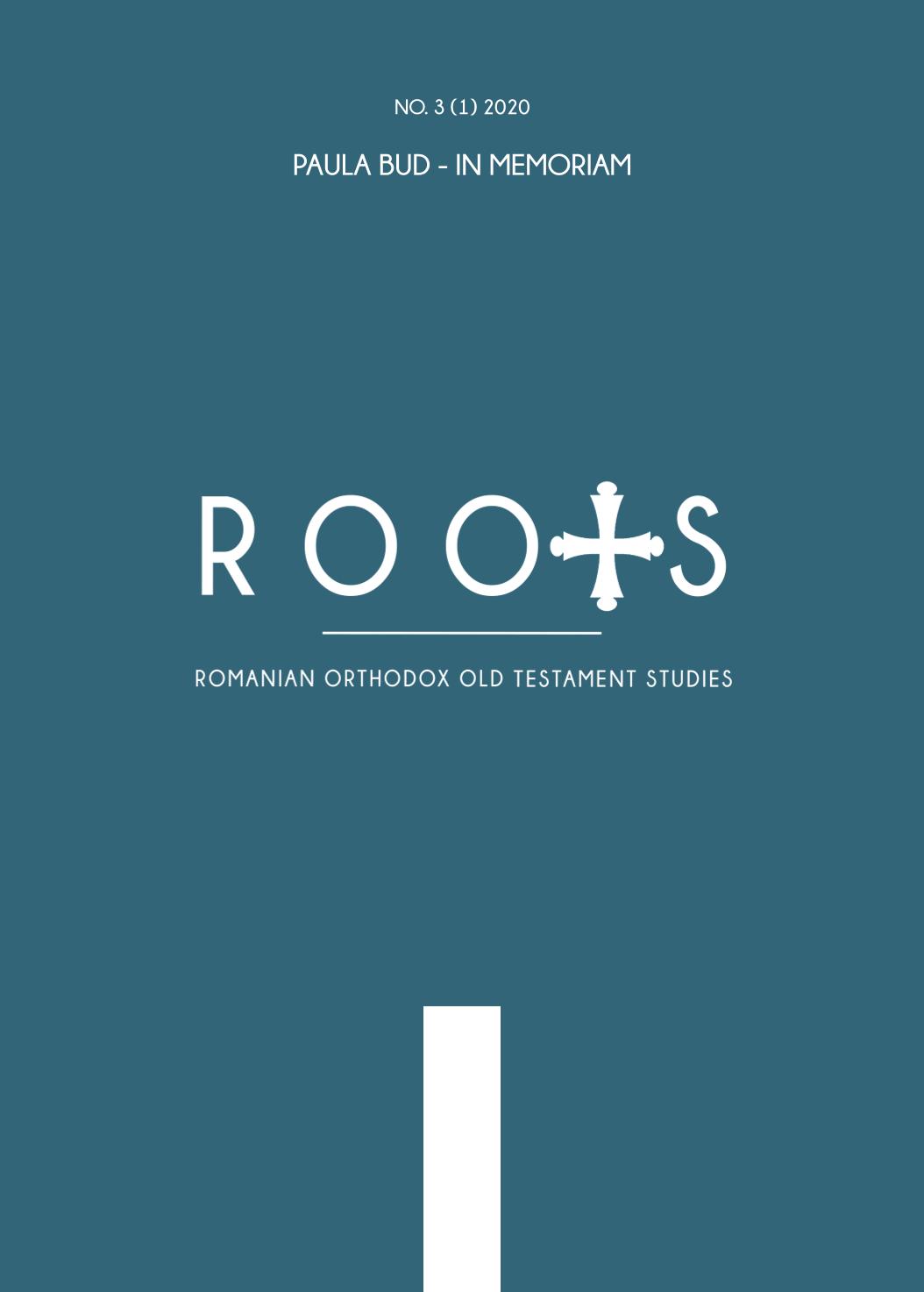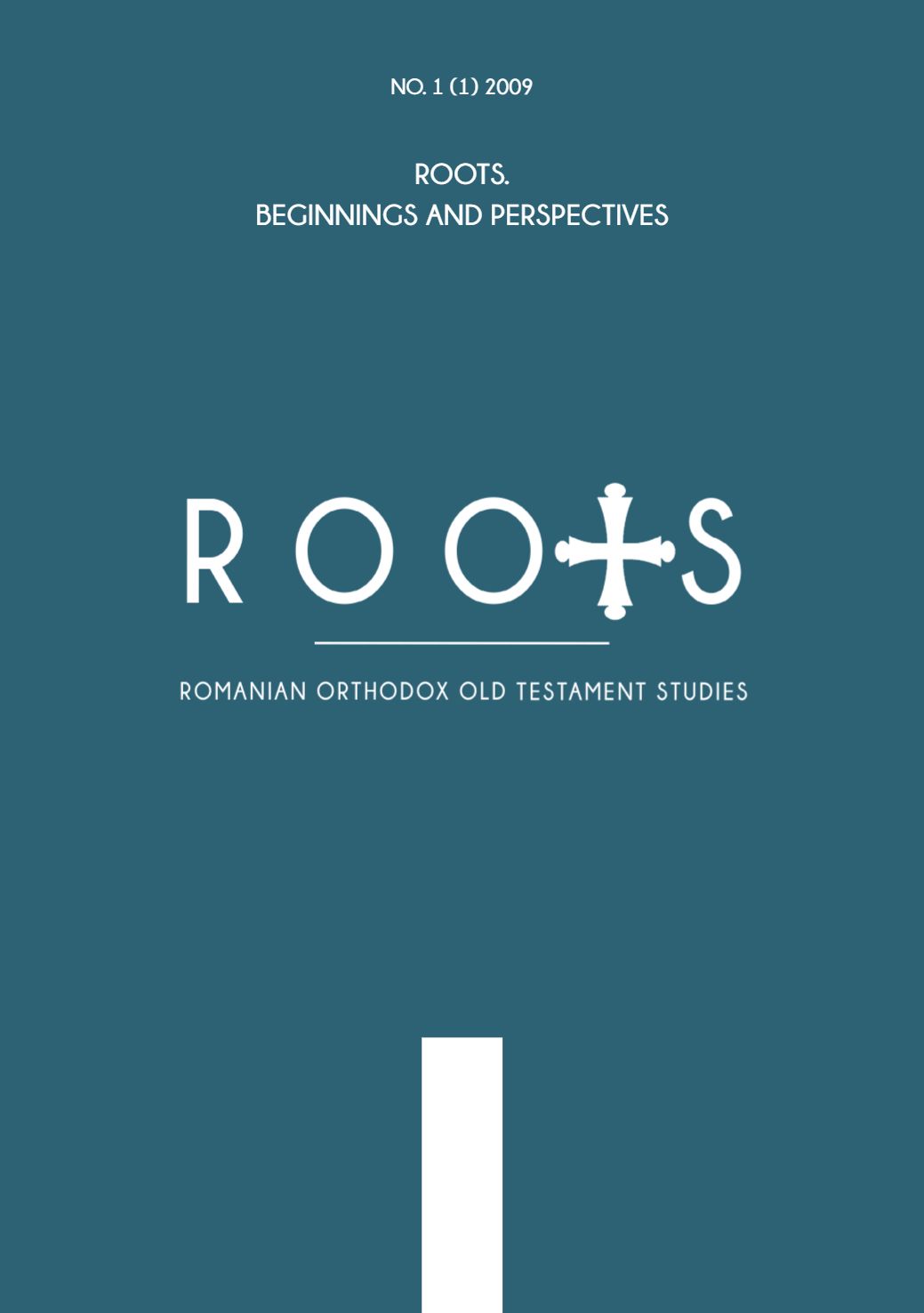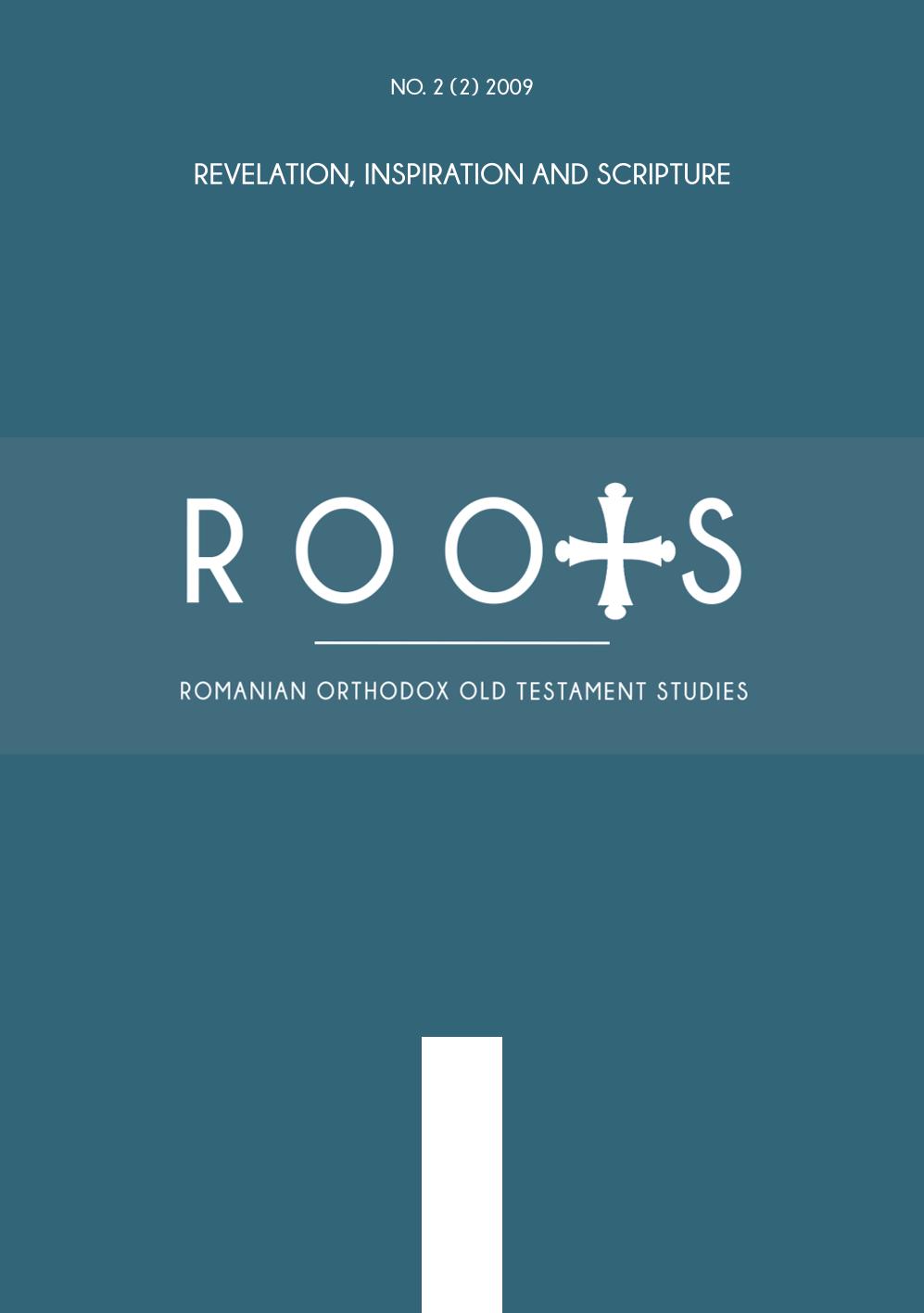
Considerations on the Shabbat before the Law. An attempt to reconcile the opposites
The religious life during the pre-Mosaic period is rather little known, especially because of the synthetic character of the first chapters of the book of Genesis. Implicitly, the problem of the Shabbat remains, with respect to this period, in an area of understanding which is somewhat unclear, without being able to issue definite statements regarding the practice or not of the Shabbat, as a historical-archaeological reality. This lack of effective information generated, in time, the appearance of a series of opinions concerning this matter, opinions which are not only divergent but even opposite most of the time. But these divergences can be reconciled from a theological point of view if we distinguish between the historical and eschatological dimension of the Shabbat.
More...

